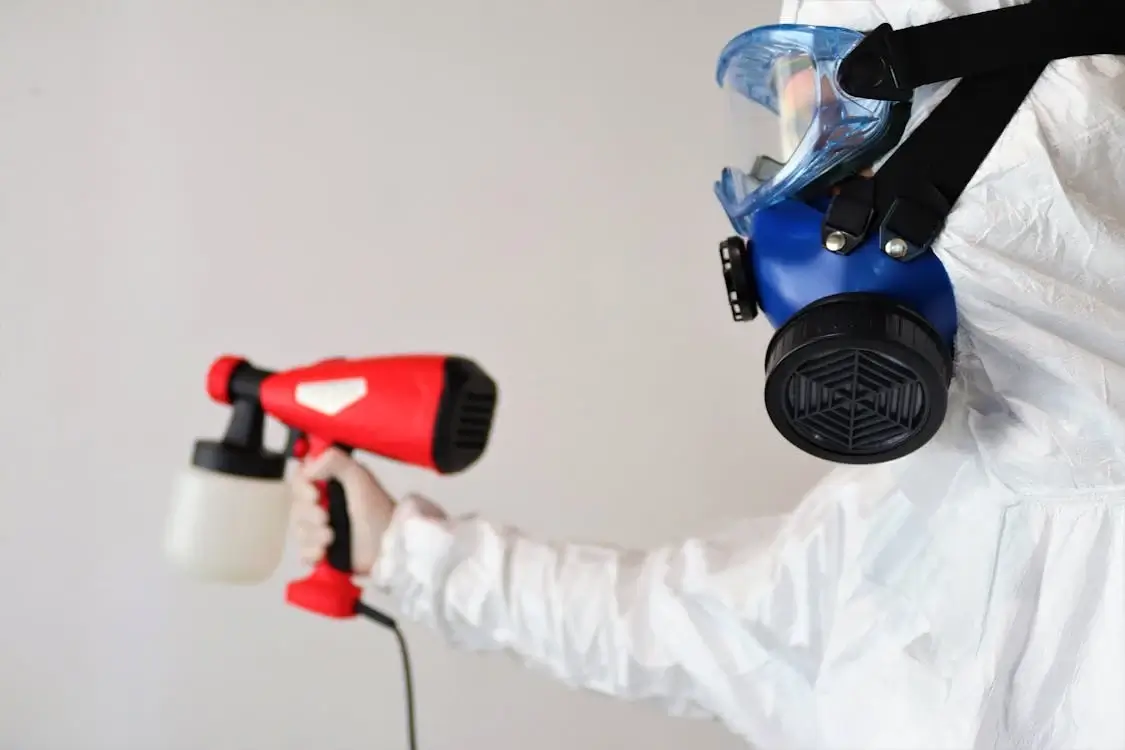Phone:
720-399-3335
Office address:
1685 S. Colorado Blvd. Suite 151, Denver, CO 80222

Mold can be a stubborn and dangerous intruder in your home. If you’re wondering what truly kills mold, you’ve come to the right place. This guide explores the most effective methods and products for mold removal, from natural remedies to professional treatments. Learn how to eradicate mold and keep your home safe and healthy.
Lysol’s disinfecting products can kill certain types of mold, but they’re generally less effective than specialized mold removal solutions like bleach or vinegar. Lysol works best on non-porous surfaces and can help control minor mold issues. However, for more extensive mold problems, you should opt for stronger, more targeted products. Always guarantee proper ventilation and use protective gear when tackling mold.
Bleach can effectively kill mold on non-porous surfaces like tiles and glass. Here’s how you can use it:
While bleach is effective on non-porous surfaces, vinegar offers a natural, non-toxic solution for killing mold, especially on porous surfaces. Simply pour undiluted vinegar into a spray bottle, apply it to the affected area, and let it sit for an hour before wiping clean. Vinegar’s mild acidity penetrates porous materials, killing mold at its roots and preventing regrowth. Repeat as needed for best results.
Hydrogen peroxide effectively kills mold by releasing oxygen that breaks down the mold’s structure. It’s a great choice for mold removal because:
Use it as a reliable, eco-friendly solution for mold problems.
Rubbing alcohol can indeed kill mold by denaturing its proteins and dissolving its lipids. It’s particularly effective for minor mold stains on fabrics, leather, and furniture. To use, mix rubbing alcohol with water in a 1:1 ratio and apply to the affected area. While it’s less potent than vinegar or bleach, it’s a handy solution for small-scale mold issues.
Ammonia, a strong alkaline substance, effectively kills mold on non-porous surfaces. When using ammonia, follow these steps:
Don’t mix ammonia with bleach.
Baking soda, a natural and non-toxic substance, effectively kills mold and helps prevent its regrowth. Mix baking soda with water to form a paste, then apply it to moldy areas. Scrub gently and rinse. Baking soda’s mild abrasive properties guarantee thorough cleaning, and its alkaline nature hinders mold growth. Regular use keeps mold at bay while maintaining a safe environment.
Borax effectively kills mold and acts as a natural inhibitor to prevent its regrowth. To use borax:
Borax not only eradicates mold but also prevents it from returning, making it a reliable, eco-friendly option.
While borax is a powerful mold killer, you might wonder if dish soap can tackle mold as effectively. Dish soap alone isn’t potent enough to kill mold, but it can help remove surface mold when combined with scrubbing. For deeper mold issues, it’s best to use stronger cleaners like vinegar or hydrogen peroxide to guarantee thorough eradication and mold prevention.
Coincidentally, you now possess the knowledge to tackle mold effectively. From bleach to borax, each method offers unique strengths. While some household items work wonders, professional services guarantee thorough mold prevention and improved air quality. Remember, addressing mold at its root is crucial to prevent recurrence. Equip yourself with these practical tips, and you’ll safeguard your home from mold’s harmful effects, ensuring a clean and safe haven for you and your family.